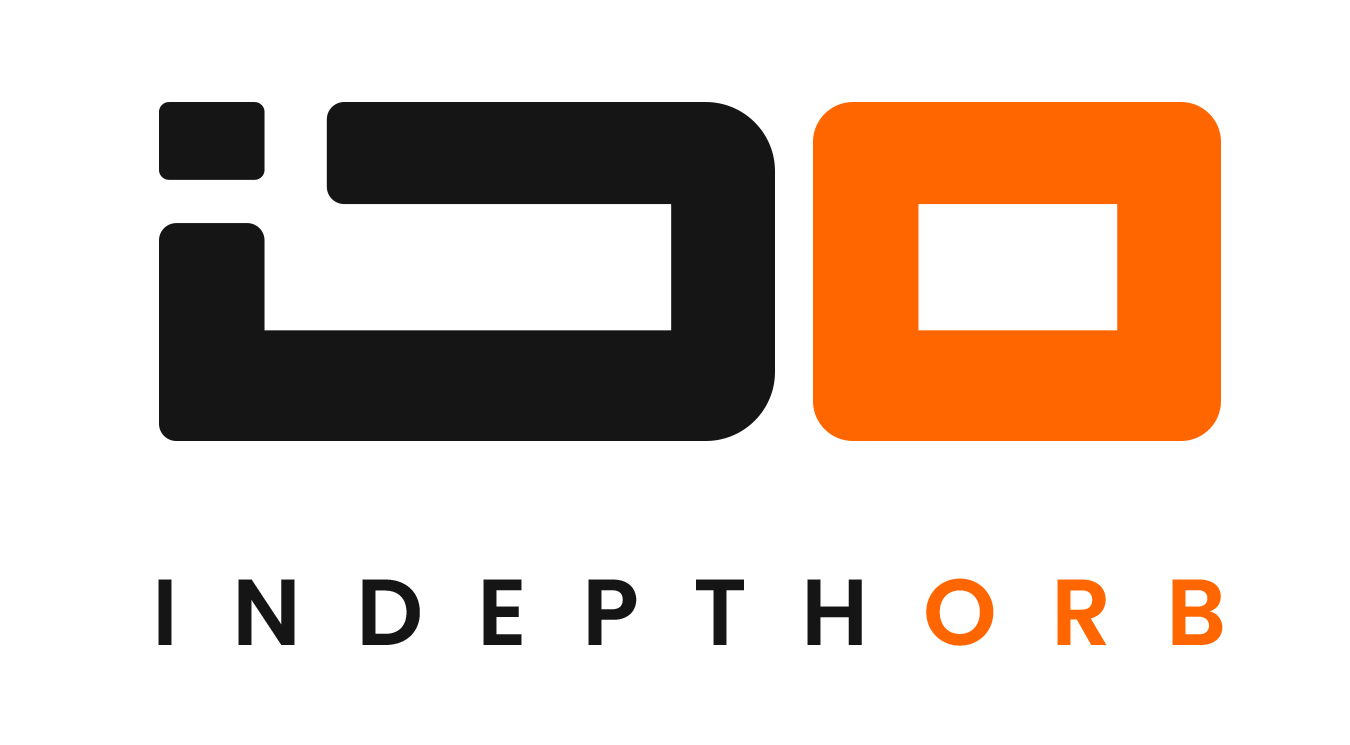The emergence of Web3 and its underlying blockchain technology is driving a novel frontier of innovations in finance. One notable innovation that has gained prominence over the decade is Cross-collateralization. Often considered the key to capital efficiency, Cross-collateralization in web3 is potentially redefining lending and borrowing in this digital economy. Exploring this concept, its benefits, and its prospects has piqued the interest of investors and enthusiasts alike. Although it sounds like a mouthful, this article breaks down Web3 cross-collateralization into bite-sized digestible pieces.
What Is Cross Collateralization in Web3?
The term “cross-collateralization” is often used in decentralized finance and Web3 to describe the act of utilizing an asset (that exists as collateral) for an initial loan as collateral for another loan on the blockchain. Users can borrow cryptocurrency against multiple assets as collateral in the Web3 ecosystem. When debt servicing fails, lenders can liquidate the asset to repay loans, allowing individuals to leverage existing assets effectively. This streamlined process, enabled by Web3, offers simplicity, potentially better interest rates, and is a valuable tool for borrowers to maximize their borrowing power or hold a diversified asset portfolio.
By employing cross-collateralization mechanisms, users can optimize their capital deployment in the Web3 ecosystem. This can be especially beneficial in DeFi protocols, where users can stake, borrow, and trade digital assets within the same platform, unlocking liquidity and potentially boosting returns. It is important for users engaging in cross-collateralization to understand the risks associated with this practice, such as the potential for liquidation if the value of collateral falls below a certain threshold. Nevertheless, cross-collateralization strategies contribute to the dynamic and efficient use of capital within decentralized financial systems.
Key Benefits Of Web3 Cross Collateralization
Cross-collateralization in Web3 provides a truckload of benefits for users, some of which revolve around unlocking the full potential of digital assets, enhancing efficiency, and providing users with a versatile and profitable approach to decentralized finance.
- Optimal Asset Utilization
Cross-collateralization enables users to leverage their entire digital asset portfolio as collateral, allowing for optimal utilization of assets that might otherwise remain unused.
By using a single collateral pool for multiple transactions, Web3 users can enhance capital efficiency, avoiding the need to lock up separate assets for each financial activity within decentralized finance (DeFi) platforms.
Traditional finance often involves cumbersome processes of managing different collaterals. Cross-collateralization streamlines these processes, reducing transaction complexities and saving valuable time for users.
The ability to reuse collateral across various transactions increases liquidity within DeFi platforms. This heightened liquidity not only provides flexibility but also allows users to capitalize on emerging market opportunities.
Cross-collateralization allows users to diversify risk within a single collateral pool. This risk mitigation strategy is particularly valuable in the volatile cryptocurrency market, where spreading risk can protect against sudden market downturns.
- Increased Borrowing Capacity
Leveraging a diverse collateral pool enhances borrowing capacity. Users can access more capital for various purposes, such as trading, without having to bring additional assets into the lending platform.
- Portfolio Diversification
Cross-collateralization facilitates portfolio diversification within a single DeFi platform. Users can explore different investment strategies without fragmenting their assets across various protocols.
Risks And Pitfalls
Just like every other unique feature of Web3, cross-collateralization comes with its own risks and pitfalls. It is important for users to exercise caution, stay informed, and assess the risks before exploring cross-collateralization.
- Smart Contract Vulnerabilities
One of the major risks associated with cross-collateralization in Web3 is the potential for smart contract vulnerabilities. If the underlying smart contracts are flawed with security vulnerabilities, users may be exposed to the risk of exploitation, leading to financial losses.
The decentralized nature of cryptocurrencies makes them susceptible to market fluctuations. Rapid and unpredictable price movements can impact the value of collateral, potentially triggering liquidation events if collateral falls below specified thresholds.
Cross-collateralization introduces the risk of liquidation if the value of the collateralized assets decreases significantly. In the event of a market downturn, users may face the automatic liquidation of their assets to cover outstanding loans, resulting in a loss of principal.
Cross-collateralizing highly correlated assets may expose users to concentrated risks. If multiple collateralized assets are affected by the same market conditions, the impact on the overall portfolio could be severe.
The regulatory landscape in the Web3 space is still evolving. Users engaging in cross-collateralization may face regulatory uncertainty that could impact the legality and operations of DeFi platforms.
Unlike traditional financial institutions, many DeFi platforms lack insurance coverage. In the event of a security breach, exploit, or unforeseen circumstances, users may not have recourse to recover their losses.
Cross-collateralization introduces systemic risks within DeFi ecosystems. A significant breach in one platform could have cascading effects, impacting interconnected platforms and users across the broader decentralized financial space.
Closing Thoughts
As Web3, blockchain technology, and cross-collateralization continue to evolve, the future holds promise for further innovation. Ongoing advancements in blockchain technology, coupled with budding DeFi protocols, can foster robust cross-collateralization strategies that enhance both security and efficiency within the blockchain realm.
In conclusion, cross-collateralization stands as the key to unlocking capital efficiency in Web3 and blockchain. Its benefits, from optimal asset utilization to enhanced liquidity, are reshaping how users interact with decentralized finance in the Web3. However, navigating associated challenges requires a keen understanding of risks and a commitment to staying informed about developments in the digital economy. As we embrace the potential of Web3 and blockchain, mastering the art of cross-collateralization positions users at the forefront of a financial revolution where maximizing returns and managing risks go hand in hand.
Like this:
Like Loading...
Related



0 Comments